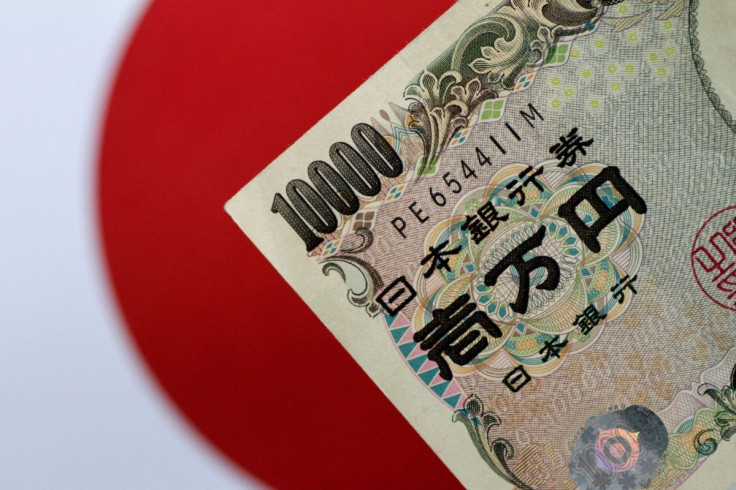Man Disappears After His Japanese Town’s COVID Relief Fund Was Accidentally Deposited Into His Bank Account
A 24-year-old man has disappeared after 46.3 million yen ($358,857) was mistakenly deposited into his bank account. The money was intended for the Japanese town of Abu as COVID relief payments for 463 households.
The man, who has not been named, left the town of Abu in Yamaguchi prefecture last month when the relief funds were deposited in his account on April 8. He refused to give the funds back, according to the Asahi Shimbun.
The news outlet said that a clerical error caused the money to be deposited into the man’s account as a formatting issue confused the bank into thinking the money should be deposited into his account first and then later to the rest of the townspeople.
The man, of course, noticed the large sum deposited into his bank account and began to transfer small increments daily out of his account to avoid detection until the total balance was gone,” Asahi Shimbun reported.
By April 21, when authorities caught up with the man, he told them the money was gone, and he could not return it, Asahi Shimbun said.
“All the funds had been transferred to an account at another financial institution. I cannot return the money back to the original account. I will make amends for my crime,” the man said, according to Asahi Shimbun.
A lawsuit was filed against the man on May 12 for repayment of the money, plus legal fees, but he had already disappeared from his home in Abu by then and quit his job, the Japan Times reported.
According to the news outlet, the man had moved to Abu in October 2020 through the government’s Vacant House Bank program, which allows owners of vacant homes in rural areas to rent them out while repopulating the area with younger citizens through tax breaks.
The man’s landlord told the Japan Times that he was “a good boy, young and handsome” and that he had paid the rent for May but was unsure if he would continue to pay beyond that. Authorities are searching for the man to bring him to justice.

© Copyright IBTimes 2025. All rights reserved.





















